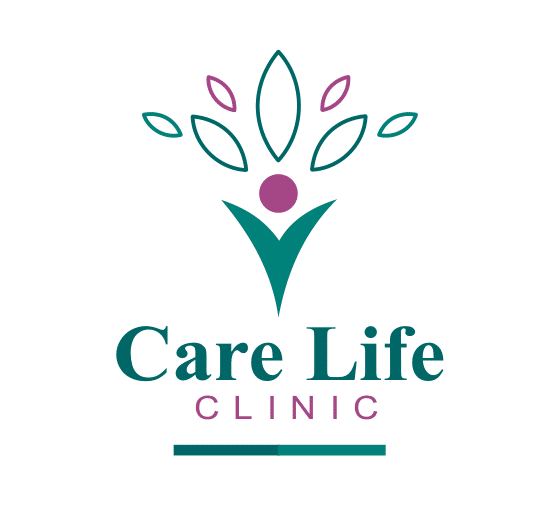Spider Veins
What are spider veins?
Small veins just under the surface of the skin indicate underlying disease.
Spider veins are tiny, thin veins that vary in color and that you can see just under the surface of your skin. They’re so named because they remind us of spider webs, and also sometimes described as looking like marble.

Do i have spider veins?
The most common sign of spider veins is discolored veins that appear red, blue, or purple. However, spider veins can develop without any visible signs. Common signs and symptoms of spider veins include:
- Swelling
- Leg restlessness
- Tingling or numb sensations
- The feeling of burning or itching
- Tender or red around veins
What causes spider veins?
Malfunctioning valves in feeder veins are the underlying cause.
Spider veins in the leg, hand, and face are caused by unhealthy valves inside feeder veins, allowing blood to flow backwards instead of upwards toward the heart. Some of this backed-up blood can lead to non-functional, “dead end” veins that appear underneath the surface of the skin as spider veins. Watch the video below and learn more about spider veins and the available treatment options.
WHO GETS SPIDER VEINS?
Men and women of all ages develop spider veins.
Many of us will eventually encounter vein health issues. It’s usually hereditary, so if your parents or grandparents have or had spider veins, you are more likely to develop them as well. If you become pregnant or have a job or lifestyle that requires standing for long periods of time, this may make them worse, or increase the probability of getting them.
SPIDER VEIN DIAGNOSIS & TREATMENT
Quick, effective outpatient visits treat the root cause of spider veins.
Some of our patients seek treatment for cosmetic improvement, and others are looking for relief from pain. The good news is that spider veins and their underlying cause are quite treatable, and our comprehensive approach at Sin Scape Clinics handles the entirety of vein disease–not just the symptoms of it.
There are two main spider vein treatment procedures–Ultrasound Guided Foam Sclerotherapy (UGFS) and Visual Sclerotherapy–both are quick, minimally invasive, and require no hospitalization. Treatment is designed to seal off any feeder veins with unhealthy valves. Once those veins are sealed, blood circulation returns to veins with properly working valves, and dead-end spider veins are eventually absorbed back into the body.
What Are the Risks of Spider Veins?
Spider veins do not pose an immediate risk to your health, but over time can develop into more serious conditions if left untreated. These conditions include blood clots or deep vein thrombosis (DVT), which require medical attention.
